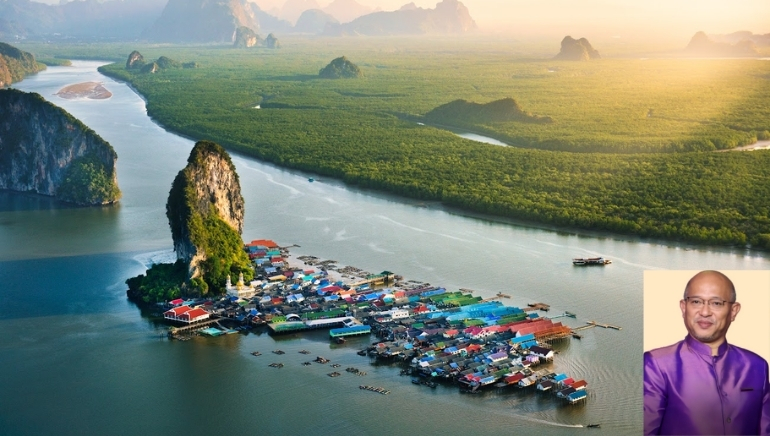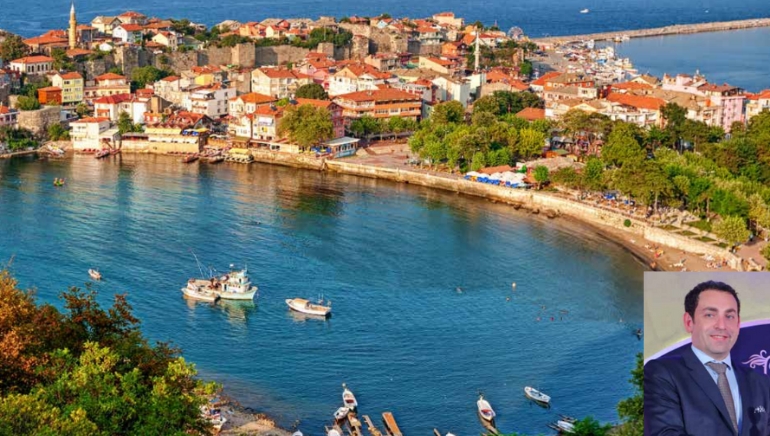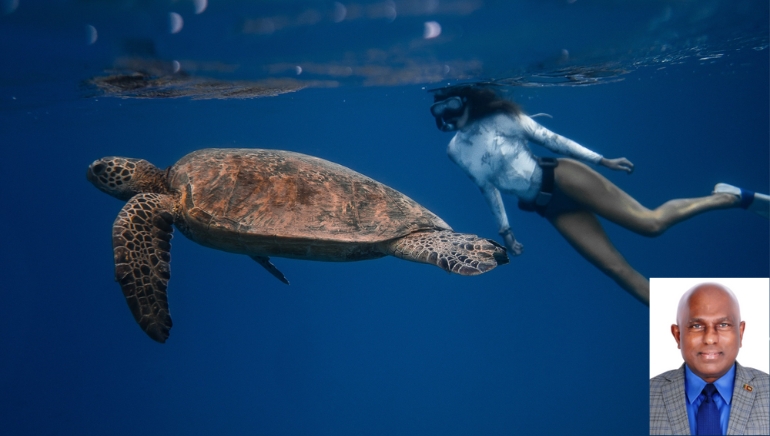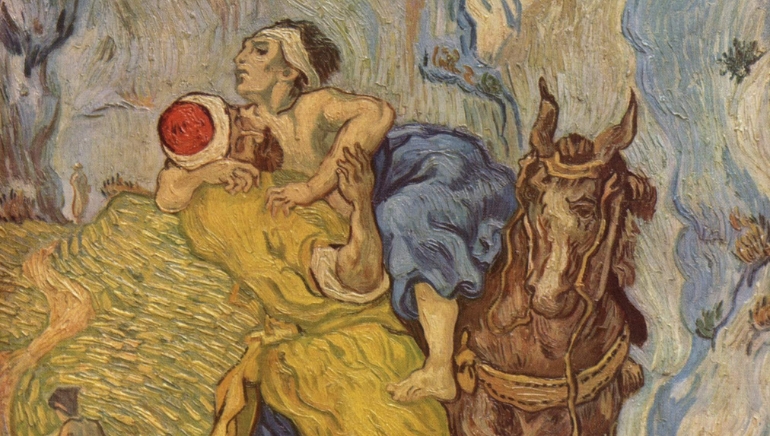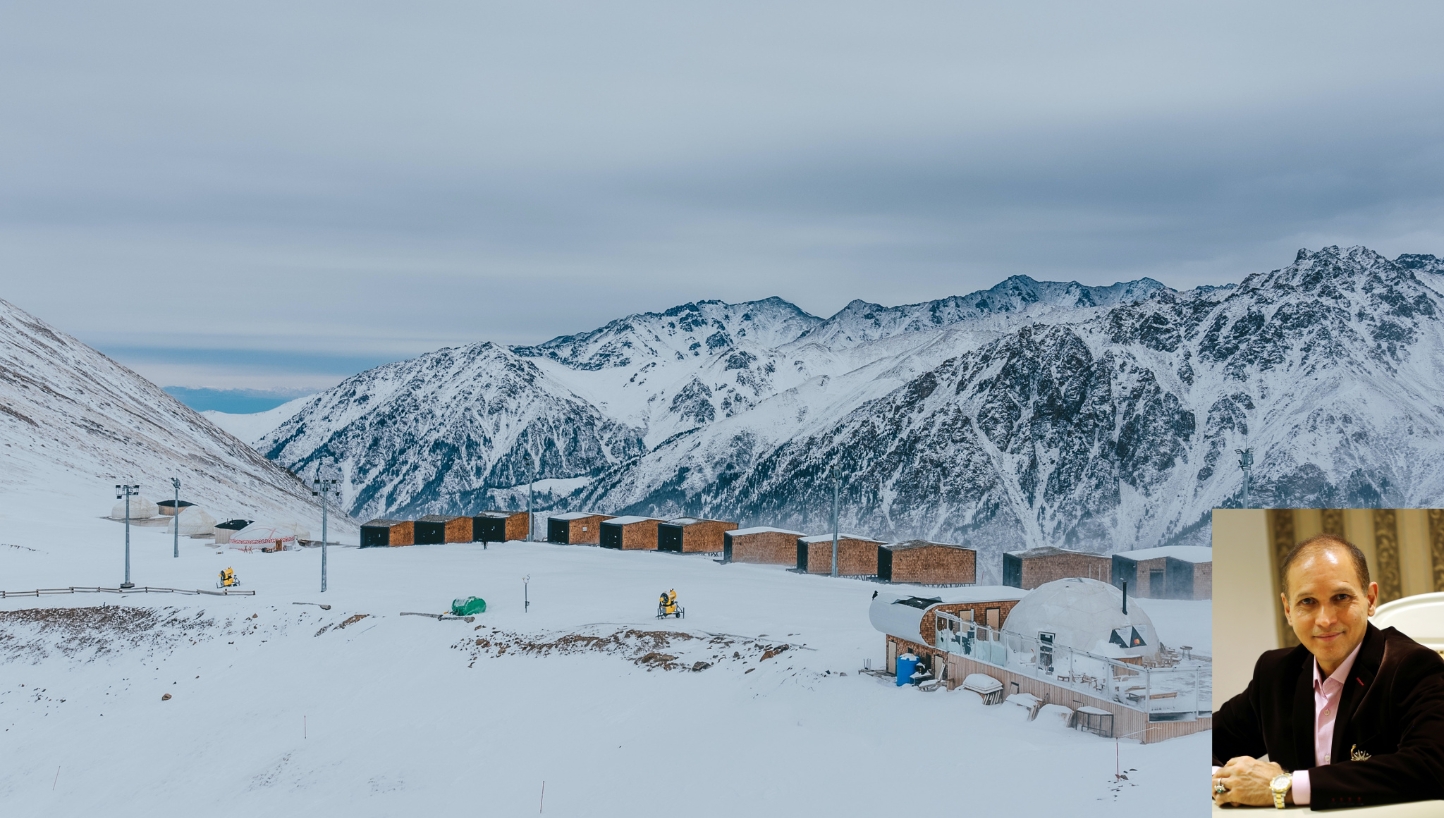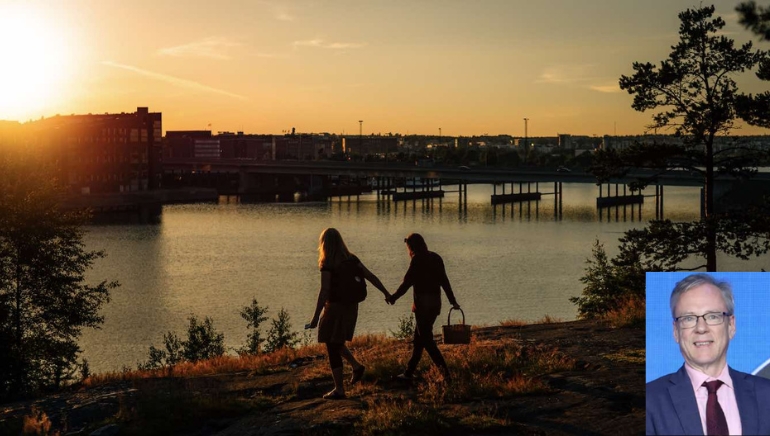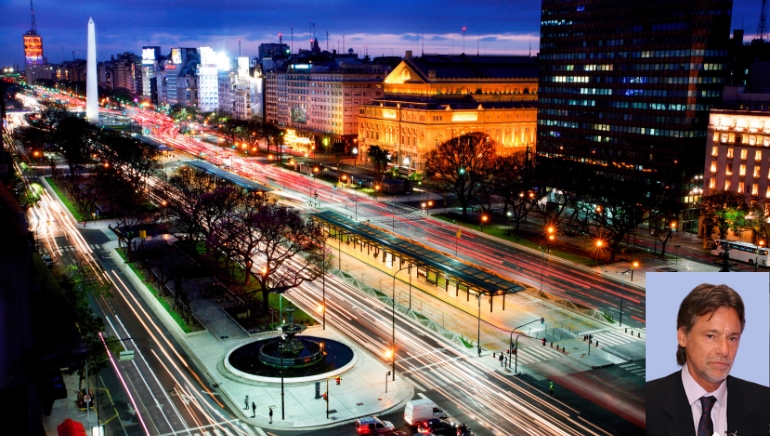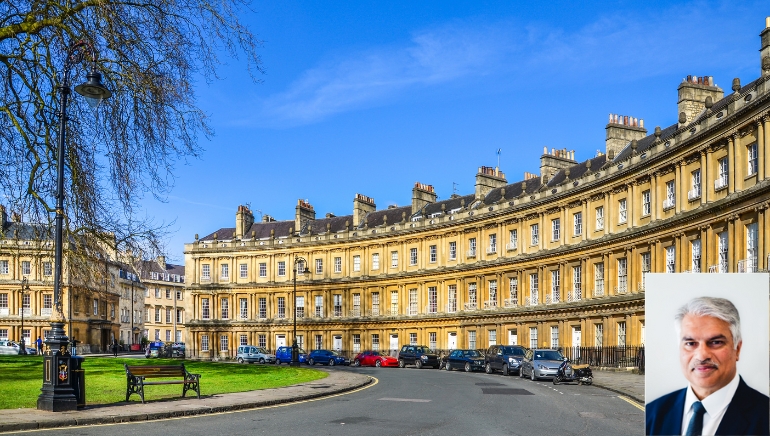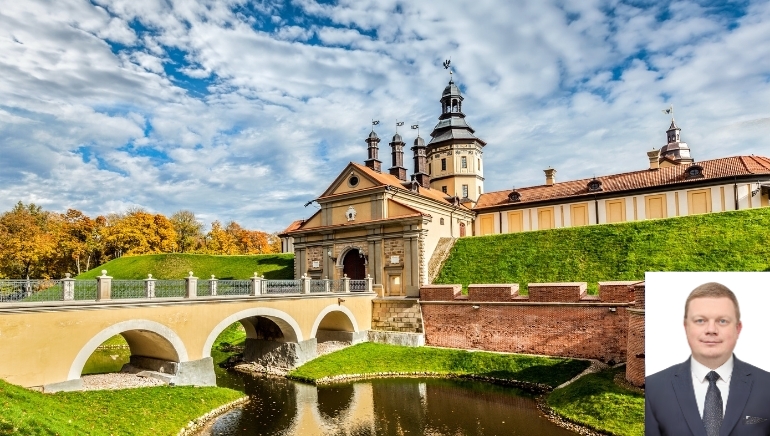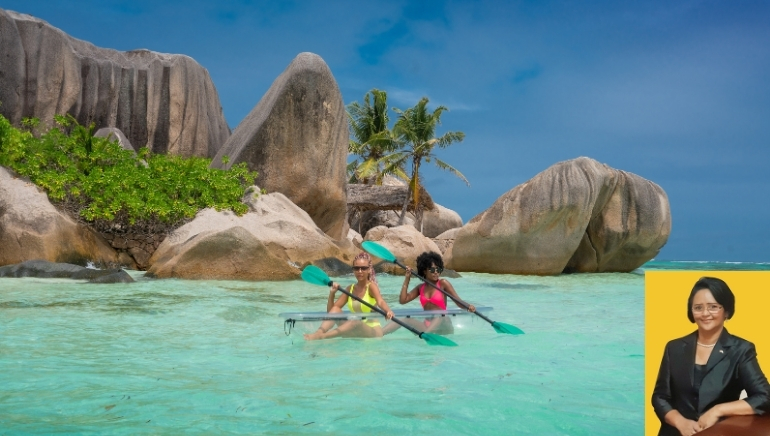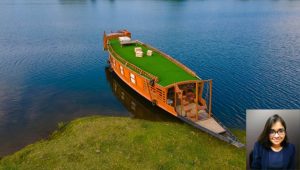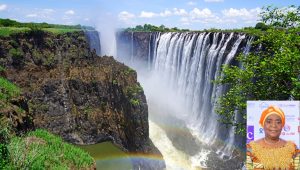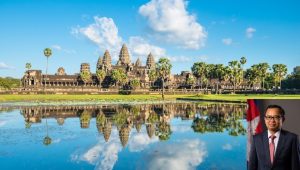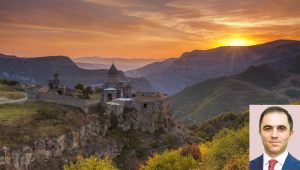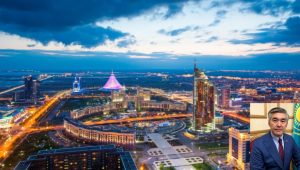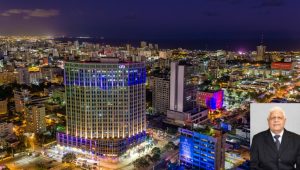“Variety is the spice of life” is a saying that perfectly encapsulates the appeal of Thailand, one of the most geographically and culturally endowed tourist destinations. Whether you’re an adventurer seeking unexplored terrains, a culture enthusiast interested in historical treasures, a foodie looking for unique culinary experiences, or an eco-conscious traveller seeking a nature-friendly vacation, Thailand has something for everyone
By H.E. Mr. Donnawit Poolsawat, Consul General of Thailand in Mumbai, India
Thailand is gifted with stunning vistas from the rolling mountains in the North, with lush greenery and cool climate, to the idyllic islands in the South, brimming with pristine beaches and crystal-clear waters. These tropical landscapes create opportunities for activities like camping, trekking, fishing, water sports, photography; whether with family, a group of friends or even solo. Despite its immense popularity among tourists, a vast majority of Thailand remains unexplored. The provinces in the North such as Mae Hong Son, Chiang Mai, Chiang Rai, and Phetchabun are home to hospitable hill tribes, who have their own culture and cuisine. With over 10 National Parks, these regions are gifted with spectacular forests, waterfalls, wildlife, and majestic viewpoints offering adventurous travelers the chance to venture off the beaten path and discover the kingdom’s untouched beauty.
EXHILARATING ECO-TOURISM ESCAPADES
Thailand has made significant efforts to merge sustainability with tourism activities. Travellers seeking an eco-conscious journey can immerse themselves in the lush landscapes and rich biodiversity of places like Doi Inthanon National Park, known for its majestic waterfalls and hiking trails that lend a glimpse into the region’s natural beauty. Elephant sanctuaries, such as those in Chiang Mai, provide a haven for rescued elephants and an educational experience for visitors. These sanctuaries encourage ethical interactions, allowing tourists to observe and learn about elephants safely and respectfully. In the coastal village of Ban Laem, sustainable practices empower local communities while offering travellers authentic cultural experiences. Visitors can engage in traditional fishing, learn about local crafts, and savour organic cuisine, all of which support the local economy and promote environmental stewardship.
LAND OF LAVISH HOSPITALITY
Thailand is one of the finest luxury tourism destinations. It is a home of opulent experiences with some of the world’s grandest hospitality brands establishing their hotels and resorts around the kingdom. For those seeking indulgence and a lavish lifestyle, Hua Hin is an excellent destination. This coastal resort town is renowned for its high-end accommodations, world-class golf courses, and secluded beach spots. Here, visitors can unwind at luxurious spas, dine at gourmet restaurants, and enjoy the tranquil seaside atmosphere.
Similarly, luxury cruises along Thailand’s coast provide an unparalleled way to explore the country’s stunning maritime landscapes. These cruises often include stops at exotic islands, private beaches, and remote coves, offering a blend of adventure and serenity. Onboard, guests are treated to five-star amenities, fine dining, and personalized services, ensuring a memorable journey through Thailand’s tropical paradise.
However, the experiences are not restricted to its beaches. The country is home to iconic luxury shopping destinations like IconSiam, EmQuartier, Emporium, and Gaysorn Village in Bangkok.
CULTURAL TREASURES & FESTIVALS
Thailand’s cultural treasures are a testament to its rich history and heritage. The country’s temples, or ‘wats,’ are architectural marvels adorned with intricate carvings and gold leaf that house statues of Buddha revered by locals and tourists alike. The Grand Palace in Bangkok, the glorious UNESCO World Heritage Site Ayutthaya, and the historical parks in Sukhothai and Si Satchanalai shed a glimpse into the country’s legendary past.
The richness of Thailand’s traditions is reflected in its festivals. Songkran, recognized as an Intangible Cultural Heritage by UNESCO, and Loy Krathong, the lantern festival, involve elements of water and fire, respectively, representing cleansing, renewal, and hope. During these occasions, locals and tourists gather together to partake in processions, music, dance, and feasts, creating spectacular sights.
PIQUANT SENSORY EXPERIENCES
From appetising regional cuisines to buzzing markets and nightlife, from thrilling water sports and hiking trails to tranquil wellness retreats, Thailand is a place where all five senses are indulged. The country’s cuisine is a gastronomic delight, with dishes like Pad Thai, Tom Yum Goong, and Massaman Curry tantalising taste buds with their unique blend of flavours. Travellers will also find plenty of Michelin Star and Bib Gourmand status restaurants specialising in European, Western, Indian and other Asian cuisines. The bustling markets and night bazaars, such as the Chatuchak Weekend Market in Bangkok and the Night Bazaar in Chiang Mai, engage the senses with their vibrant colours, enticing aromas, and the hum of activity. The life of a party never ends in Thailand. Places like Phuket, Bangkok, Pattaya, Chiang Mai and Koh Samui are prime locations to experience the vibrant nightlife. For those seeking tranquillity and relaxation, Thailand is also known for its exceptional wellness facilities where yoga rituals and traditional Thai massage soothe body, mind and spirit. As a beacon of diversity and richness, Thailand satisfies every traveller’s craving for discovery and adventure, serving as a timeless destination for those in search of the extraordinary.





